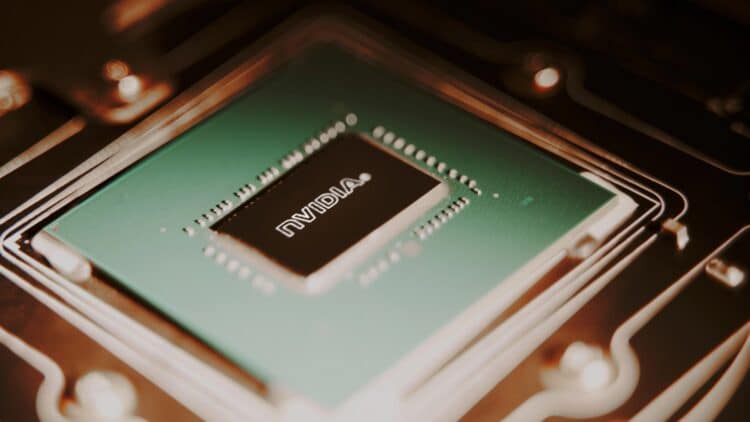NVIDIA’s leadership made public statements aimed at reinforcing the brand’s commitment to investing in the advancement of artificial intelligence, while also stating that predictions of a collapse in the sector would not materialize. CEO Jensen Huang’s speech, filled with optimism on this topic, also conveyed a sense of urgency. At a time when enthusiasm for AI is reaching new heights, CEO Jensen Huang’s statement sends the message that NVIDIA is prepared to handle the next steps in this stage of computational evolution.
NVIDIA leads technological transformation as companies accelerate global investments in AI
In recent months, predictions of a possible “AI bubble” have generated concerns in the market. Large companies in the sector and startups have invested and continue to invest billions in the development of the technology and infrastructure necessary for this, with the construction of data centers and the development of increasingly powerful models. From NVIDIA’s point of view, the demand for chips and infrastructure shows solid growth, driven by the real and expanded use of the technology.
Huang argued that the first indication supporting this expansion is the movement of companies towards systems that rely on accelerated computing. A large part of today’s digital platforms, including recommendation engines, enterprise tools, and engineering systems, are modernizing and leaving behind the traditional processor architecture, migrating to high-performance GPUs. This, in Huang’s view, indicates a digital world that needs and depends on massive processing power.
Rising need for infrastructure shows AI’s deep integration across industries
Another argument presented by the CEO is that AI is no longer just a tool incorporated into existing products. It is rapidly becoming fundamental to new categories of software, services, and businesses, strongly indicating that the next generation of applications will be built on artificial intelligence. The greater the possibilities, the more infrastructure will be demanded — and the more chips will be needed.
The market is questioning customer concentration and the risks of dependency in the chip ecosystem
Despite Huang’s confident speech, part of the market interprets the numbers with greater caution. NVIDIA’s growth is directly linked to the development of large cloud operators and companies that develop AI models, such as Microsoft, Amazon, Google, and Meta, which are currently among the company’s largest GPU buyers.
On top of that, Huang argues that, even without a new business model, NVIDIA chips increase the revenue of its partners. Advertising platforms, streaming services, social networks, and digital retail depend on intelligent product and content recommendations; in other words, the more efficient the AI, the greater the engagement and the more profitable the operation. In his argument, he cleverly relates the impact of well-applied technology on revenue.
Another relevant point is the circular relationship between NVIDIA and some AI companies. In certain cases, the company invests in startups that later become major buyers of its chips, which some see as a market-distorting practice, but from NVIDIA’s point of view, it’s a simple way to strategically invest in partners and stimulate the market.
By rejecting the fear of bubbles, Huang defends a pragmatic and evolutionary view of AI
One point fueling arguments about the possibility of a market collapse is the physical infrastructure needed to support this advancement in AI. Data centers require large spaces, energy, and complex partnerships. According to Huang, the company has signed agreements with energy providers, construction companies, and players specializing in large-scale technological installations, arguing that although it is not simple, it is viable.
Despite allegations of a potential market bubble, Jensen Huang’s message is unconcerned, clearly stating that AI is not a passing trend. Arguing that AI is the primary driver of the next step in computing, NVIDIA believes the future is already deeply intertwined with the need for AI development.


